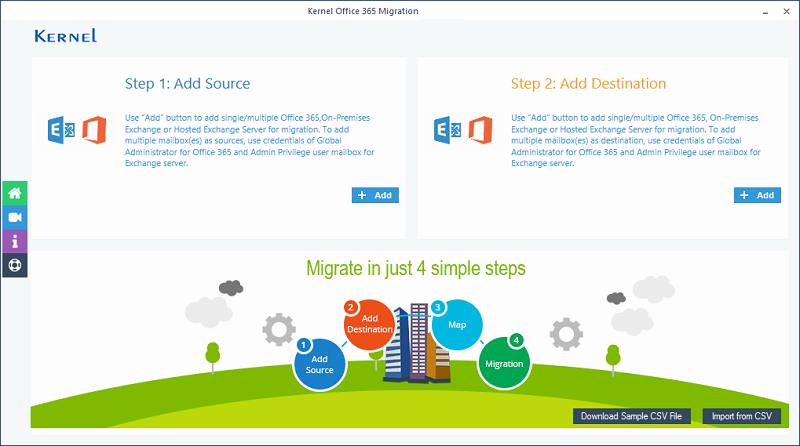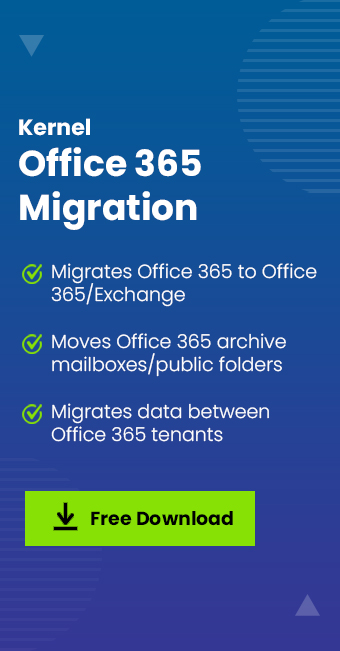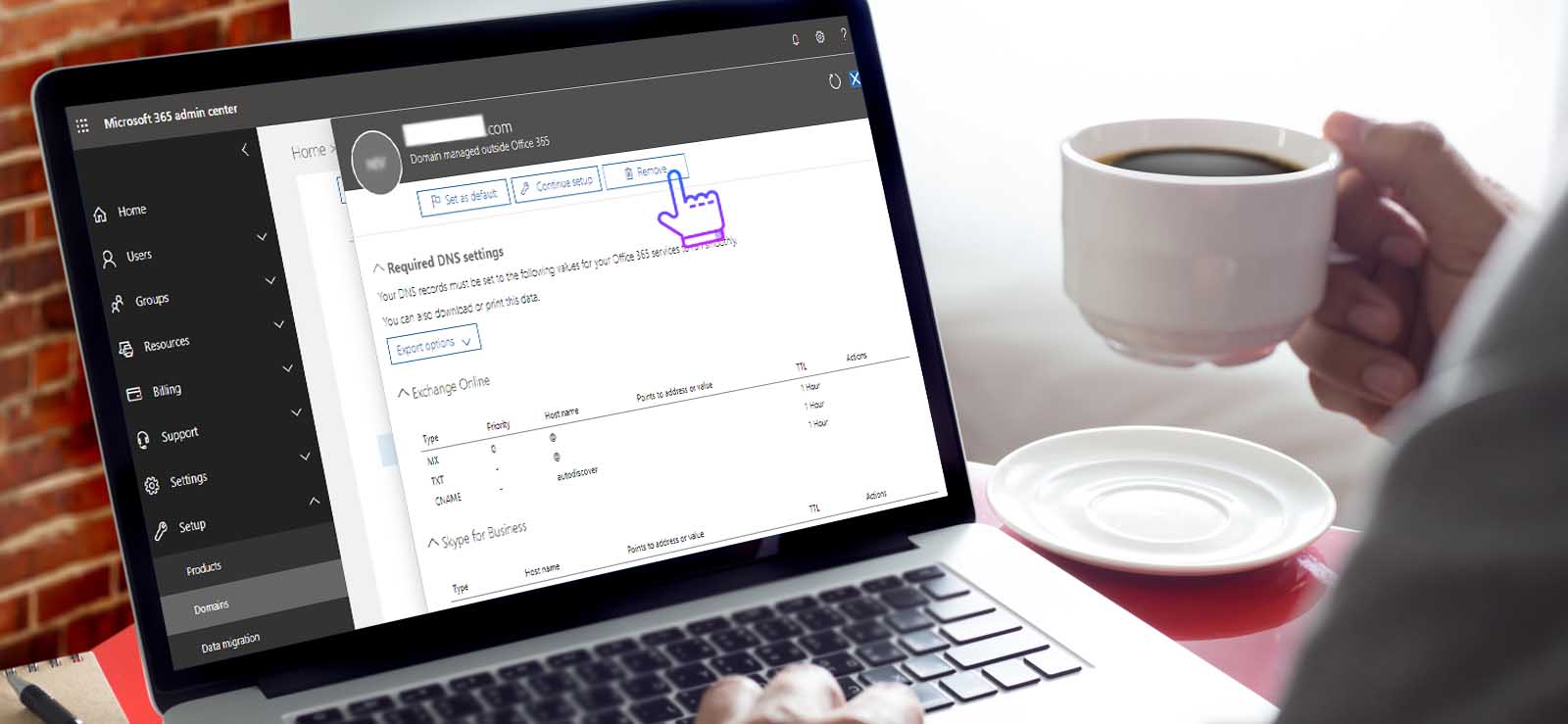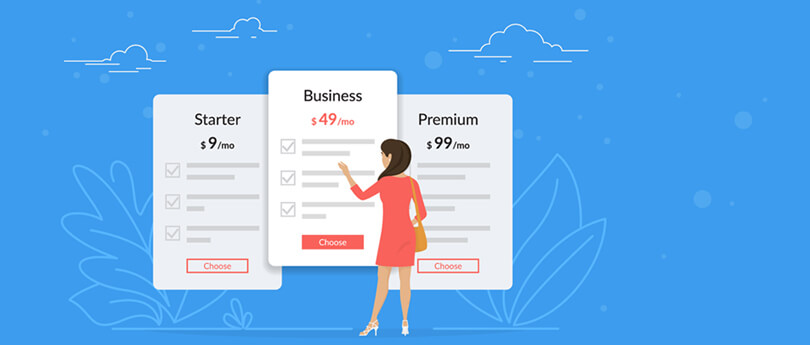Read time 4 minutes
Office 365 is serving its users quite well with advanced features and flexible options since its launch. The facility to use multiple Office 365 tenants in an organization is outstanding and works well in situations where the organization is divided into various divisions or operate from different geographical areas and need separate data storage.
Though having multiple tenants can help in the above situations, it is not at all an easy task to handle multiple tenants in an organization. Here is the list of some disadvantages with multiple tenants.
- Users from different Office 365 tenants cannot use a shared mailbox
- A custom domain is not available for two tenants at the same time
- Cannot transfer services like SharePoint Sites, Yammer, OneDrive for Business without the help of a professional tool
- SharePoint Search and Team Store are available for single-tenant only
- Need to switch tenants in teams to communicate with people with different tenants
- Very limited experience in Office 365 Groups for multiple tenants
- Cannot synchronize offline document libraries from OneDrive of multiple tenants (with the same identity)
- Utilization of Office 365 services like Forms, PowerApps, PowerBI, etc. would be quite difficult
- Users from other tenants cannot share a chat file, create a team, view organization chart or join public teams in teams of the other tenant
The list of disadvantages is even more long. So, if you have multiple tenants, there is a need for highly skilled professionals for managing multiple tenants.
How to manage multiple Office 365 tenants in an organization?
Let us discuss some feasible and effective strategies that an organization with multiple tenants can follow for smooth functioning.
Tips to manage multiple Office 365 tenants
- Become A Microsoft Partner: Being a Microsoft partner is beneficial. From a single access, one can navigate to other tenants using the Partner feature in the App launcher feature of Office 365.
- Multiple Browsers for Multiple Tenants: To have multiple sessions of different tenants at the same time, using multiple browsers would be a great option.
- Save Time with PowerShell: Use of PowerShell to create new Office 365 users with a pre-set CSV file saves time for multiple tenant management.
- Employ Multi-Factor Authentication (MFA): Turning ON the Multi-Factor Authentication is a good anti-theft strategy to avoid any security breaches. By monitoring user sign-ins, transactions, access from multiple tenants, one can keep it secure. The factors for authentication include a Phone call, biometric device, passcode, etc.
- Manage OneDrive for Business: Storage space of of OneDrive for Business can be managed using an incremental synchronization method. The method stores the cache on Azure Cloud rather on the system. It saves the storage space on the system and ensures quick and smooth functioning of multiple tenants on the server.
- Use Management Tools: Employing in-built management tools like Remote Connectivity Analyzer (for identifying connectivity and configuration issues), Exchange Server Deployment Assistant (for queries generation for deployment objectives and guidelines), IdFix (for fixing errors), Azure AD Connect, Dir Sync, AAD Connect (for assisting migration processes with all kinds of synchronization between local AD and Office 365) and Exchange Admin Center migration options (staged, IMAP, cutover, remote migrations) tools.
- Perform Consolidation: The migration of multiple tenants’ data to a single tenant can be an effective method to manage multiple tenants. And a professional Office 365 migration solution can be tried to eliminate any risk of data loss due to manual strategies. Kernel Office 365 Migration tool could be the best choice here.
The tool is meant for all sorts of Office 365 migrations, including migration between tenants. The tool supports bulk mailbox migration to Office 365 along with public folders, archive mailboxes, groups, etc. It lets user decide what content to migrate and offers incremental migration. Simply this is one of the most effective solution for Office 365 data migration.

Summary
Having multiple Office 365 tenants in an organization has benefits as well as disadvantages. But if you need to have multiple tenants in the organization, you need to manage it effectively. We have given some tips for this. However, if you think of merging multiple tenants, you need to migrate data from one Office 365 tenant to another. This is possible with the help of Office 365 data migration tool.







